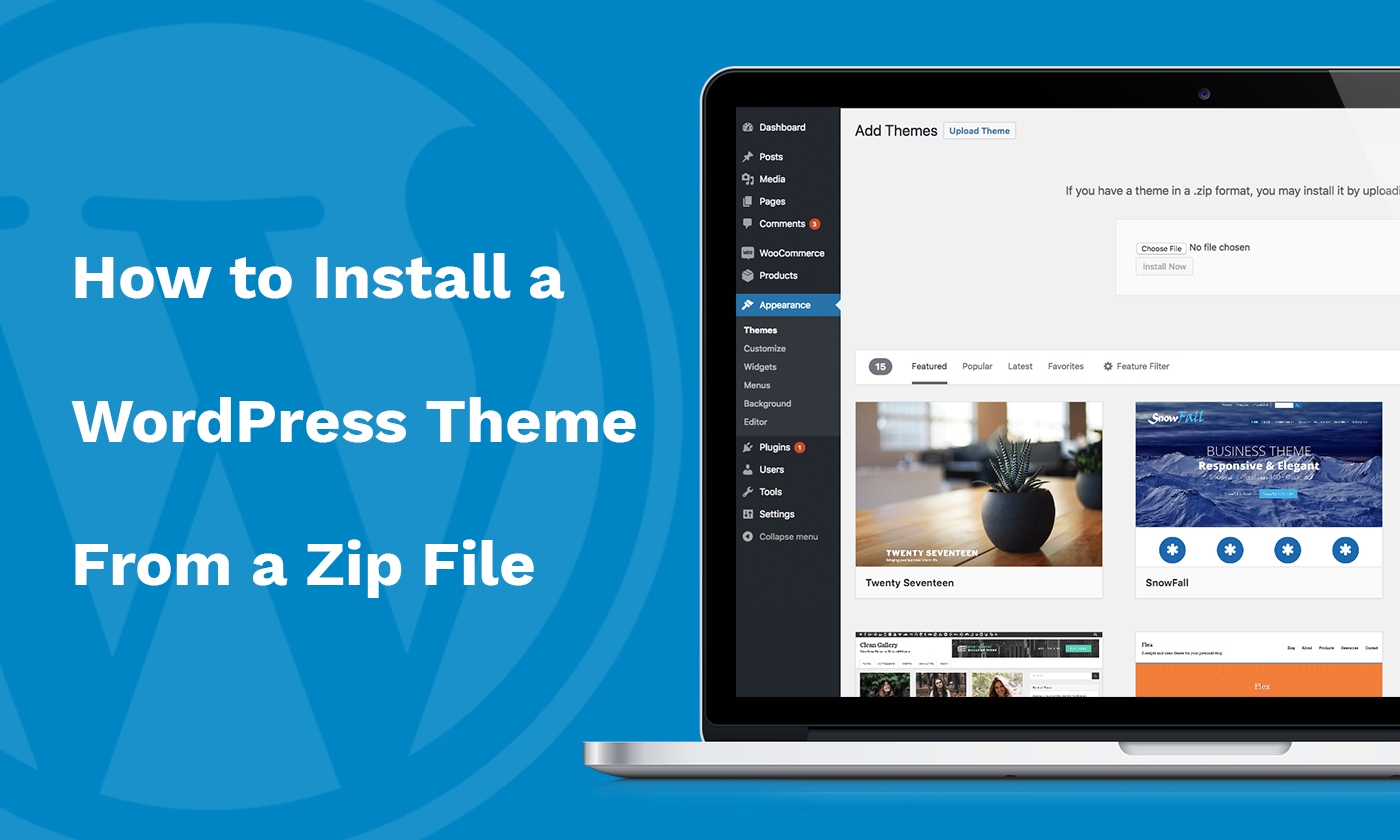
WordPress has been designed by Michael Valdrigh to be a free and open source application for blogging. It is a dynamic publishing tool for managing website content using a web browser and is widely used by press and organizations as its easy to use interface makes publishing quite easy.
The detailed instructions to download and install the WordPress application are as follows:
STEP 1: DOWNLOAD AND EXTRACT
Firstly, download the WordPress package from wordpress.org/download/ and unzip it. If you want WordPress application to be uploaded on to a remote web server, download the WordPress package to your computer along with a web browser and unzip the package. A folder called WordPress would contain the extracted wordpress package in the same directory that was last downloaded.
STEP 2: CREATE THE DATABASE AND A USER
Depending on the various requirements, the creation of a database will vary. In case, a WordPress database is already available, you would then require a hosting provider that is ready to use or otherwise, you would get your solution to the problem from the automated setup that is provided. If you will need to create a database manually, then there are certain instructions and guidelines that need to be followed in order to access phpMyAdmin that are present on wide variety of servers. If you are installing WordPress on your own web server, you will have to follow the instructions suitable to create a database using Using phpMyAdmin or by using the Using the MySQL Client to have a database and WordPress username on your own. If you have only one database and it is already in use, you can install WordPress in it but you have to make sure that there is a distinctive prefix for your tables, to avoid over-writing any existing database table.
STEP 3: SET UP the CONFIG php file
You have an option to either create or edit the wp-config.php file by your own. Rename the file wp-config-sample.php that you extracted from the WordPress that we performed in the first step to make it have the name wp-config.php, and it can then be opened using a text editor. Enter the database information required such as name of the database, username, password, host name, database character set and database collation. Enter your secret keys under the section labeled Authentication Unique Keys.
STEP 4: UPLOAD THE FILES
Next you will have to decide where on your web site you Wordpress Setup wish to have your blog posted: In the root directory of your web site or in one of the subdirectories of your web site.
STEP 5: RUN THE INSTALLED SCRIPT
Initiate a web browser in order to start the installation script depending on if your WordPress files are located in the root directory or in a child directory.
INSTALL SCRIPT TROUBLESHOOTING
Should you get a database error while running the install script? Go back to Step 2 and Step 3, and check if you have got all the correct database information and ensure that it was entered correctly into wp-config.php. Ensure that you have authenticated your WordPress account to retrieve your WordPress database in Step 3. Make sure that the database server is working.
© Copyright Wordpresssetupweb
Make a free website with Yola